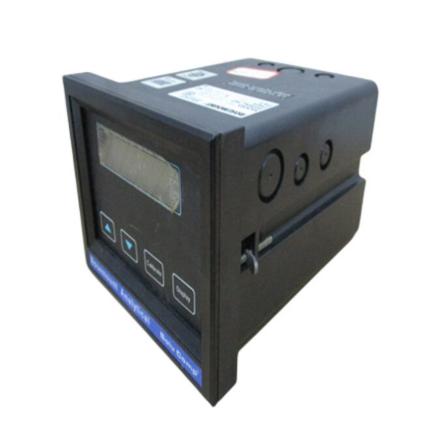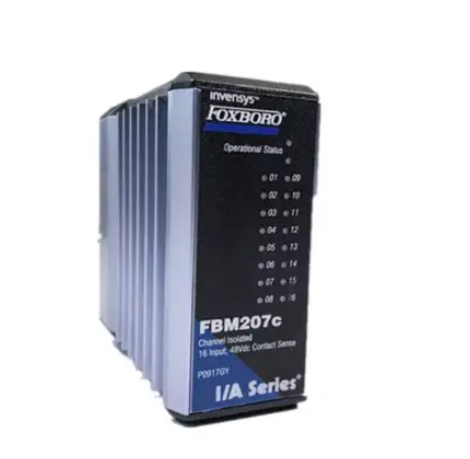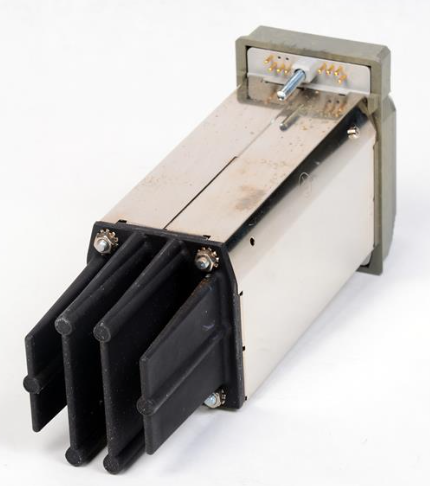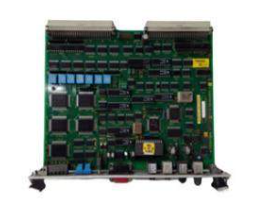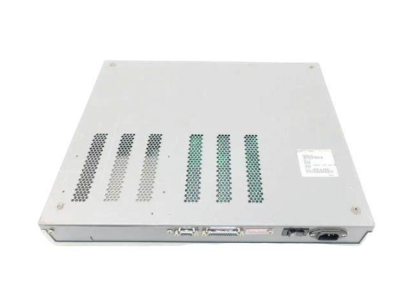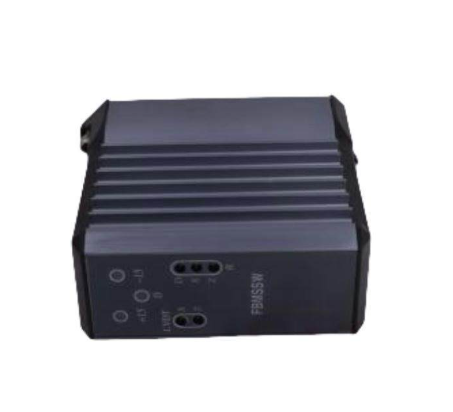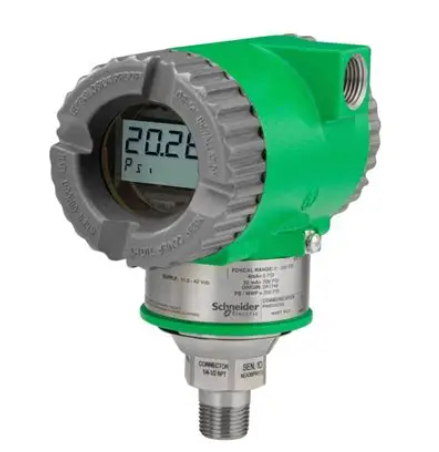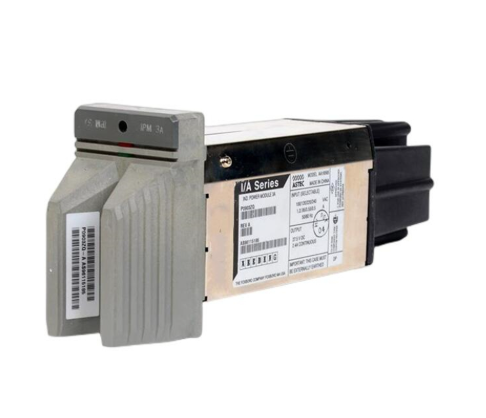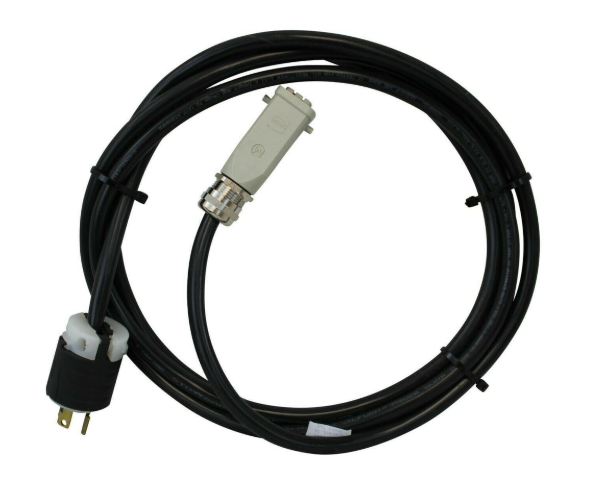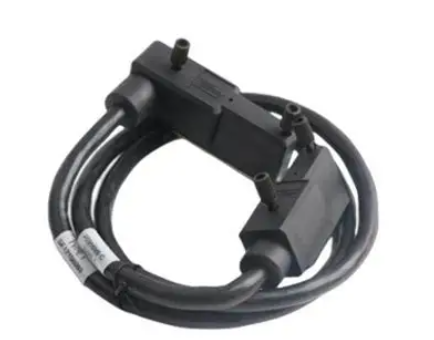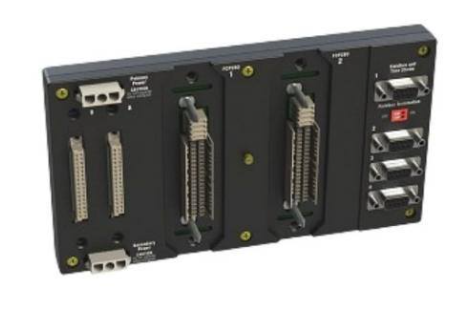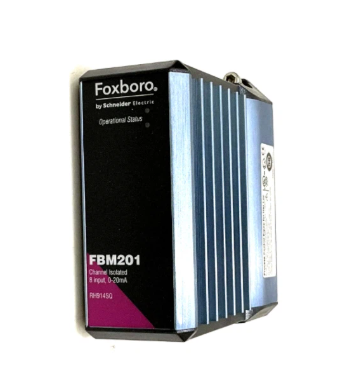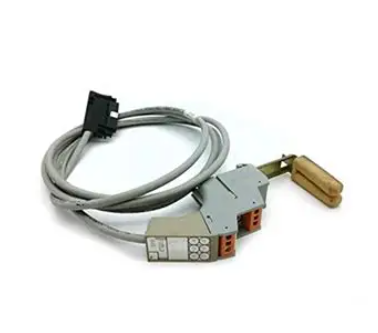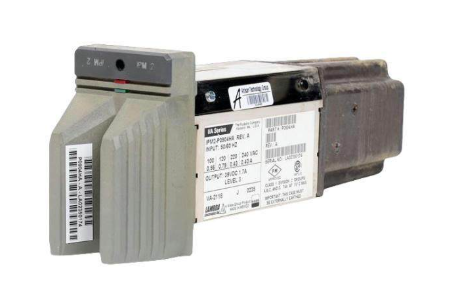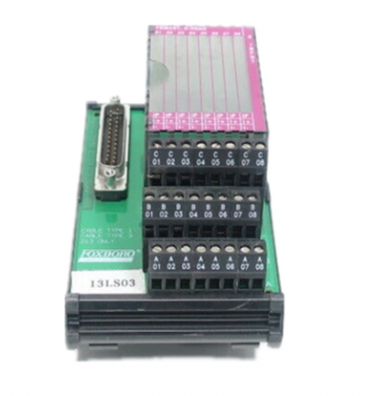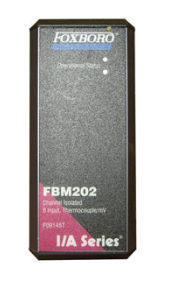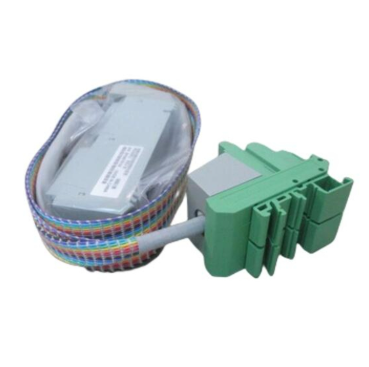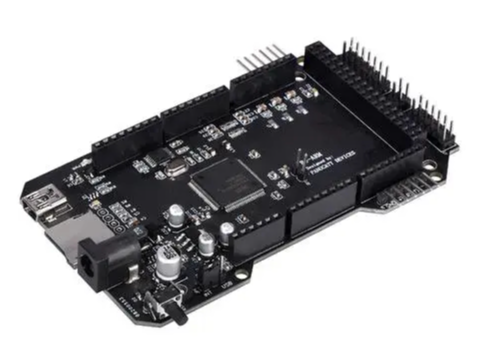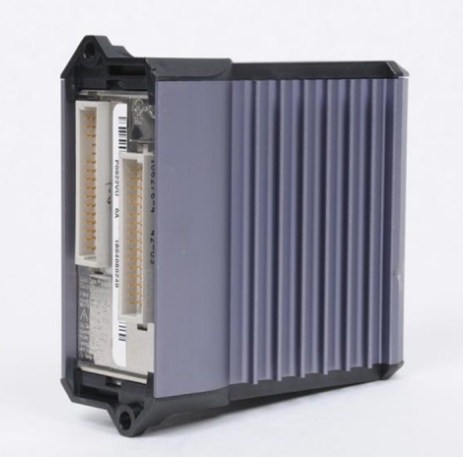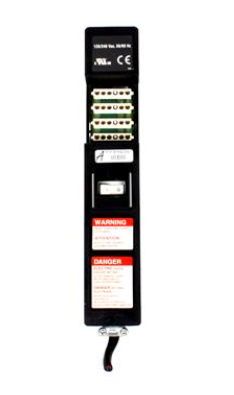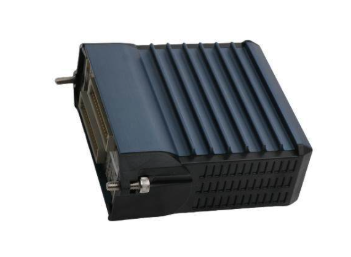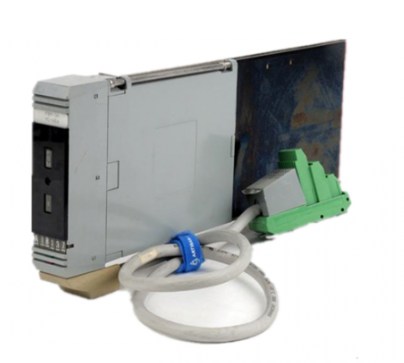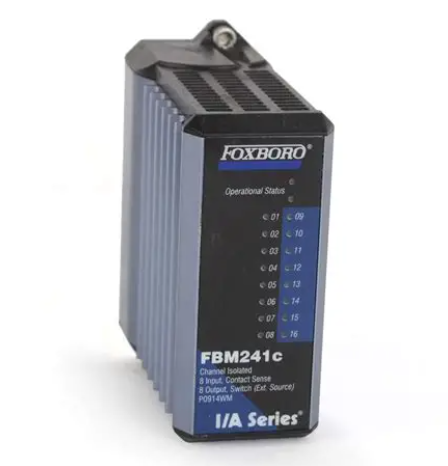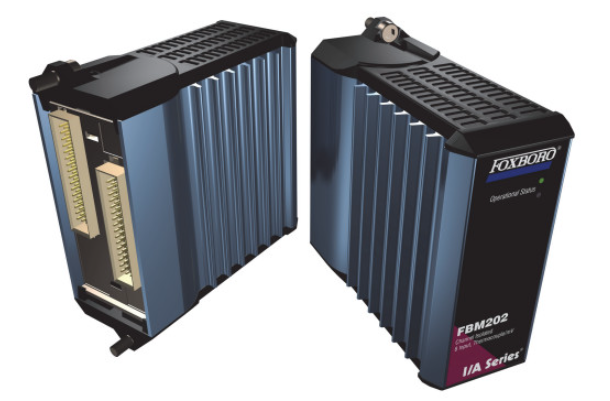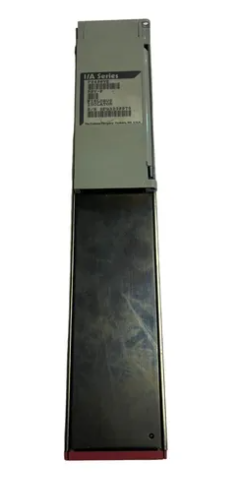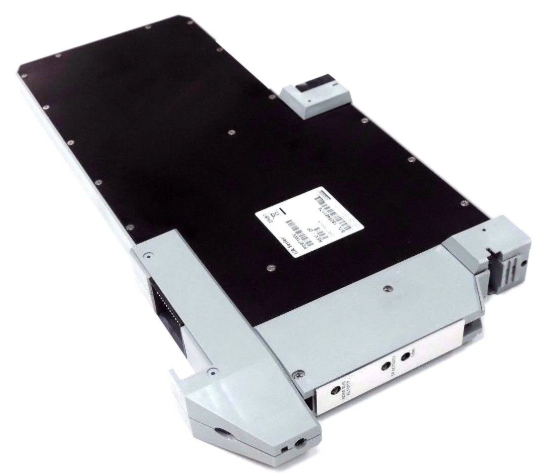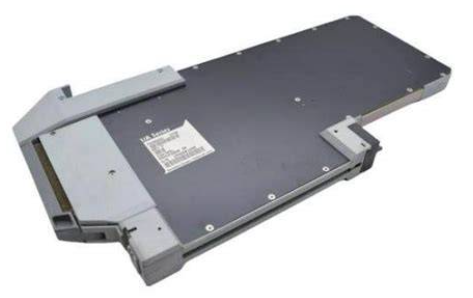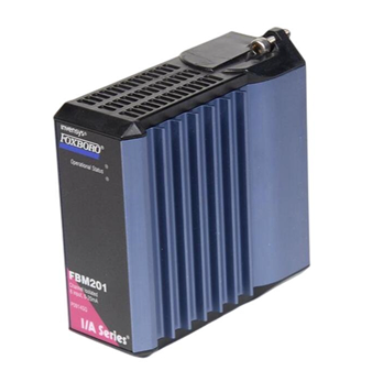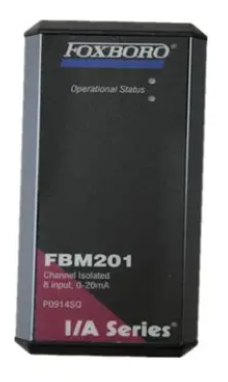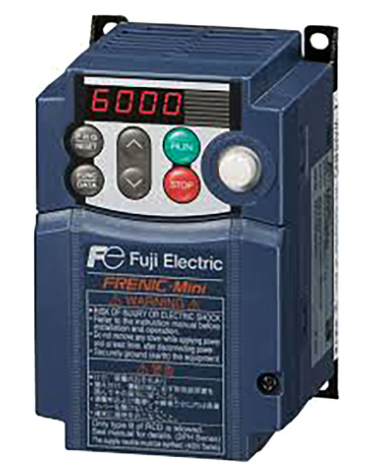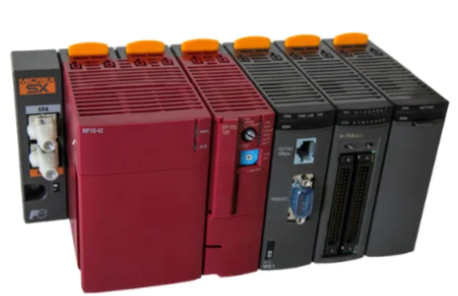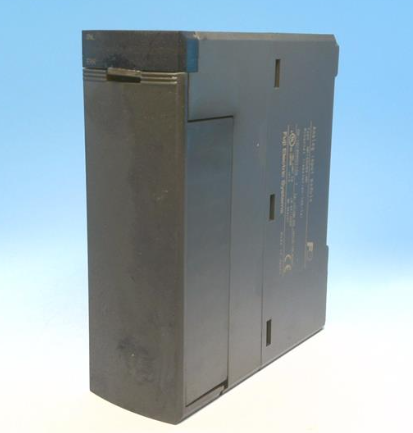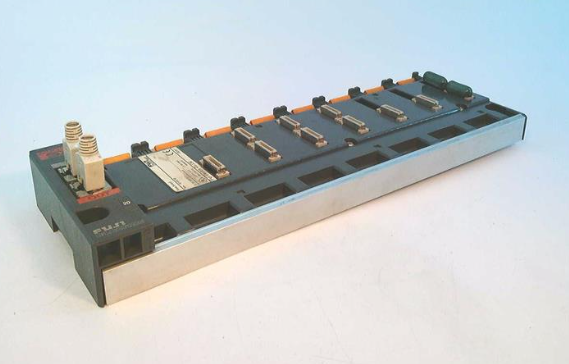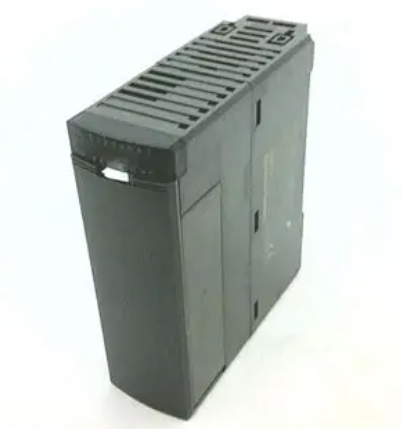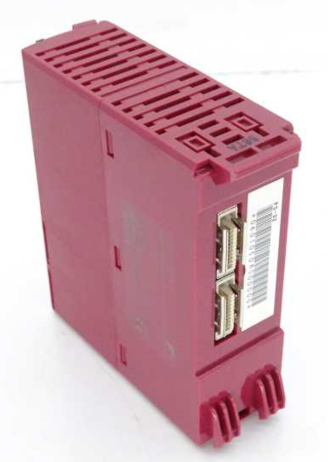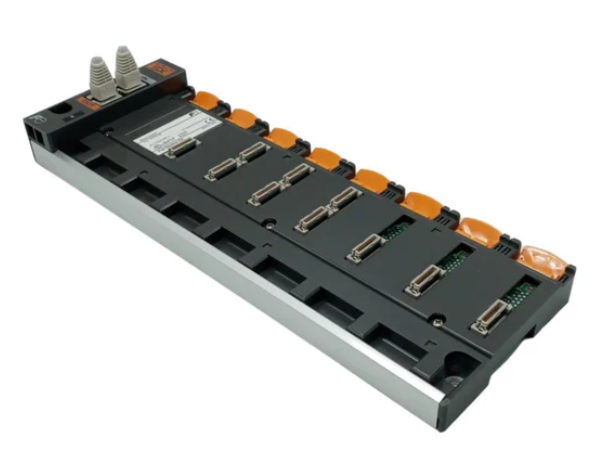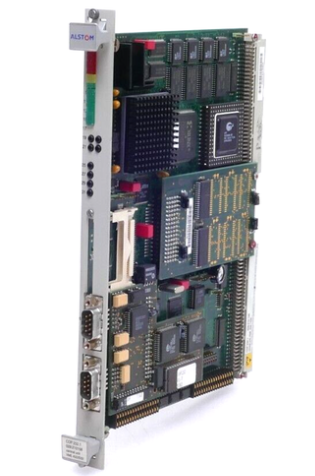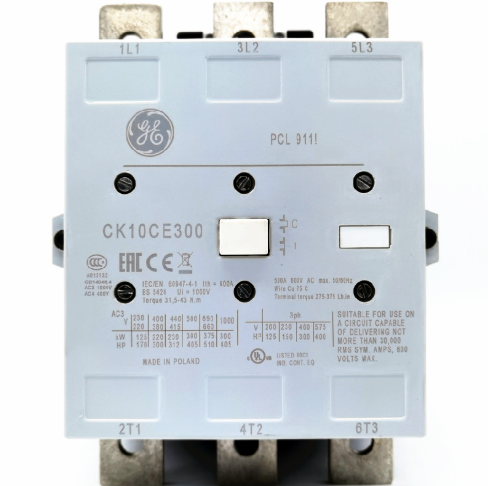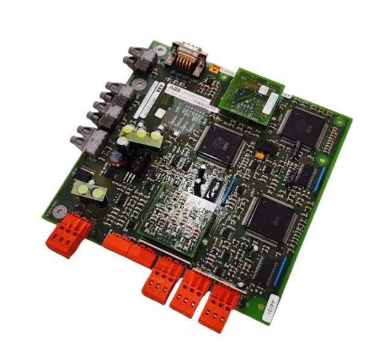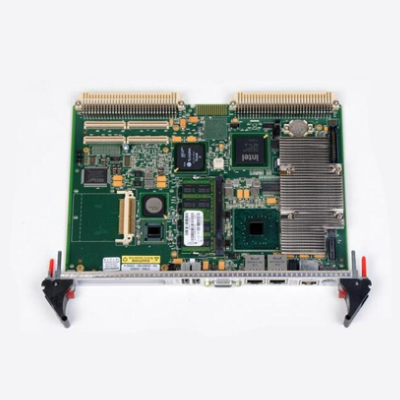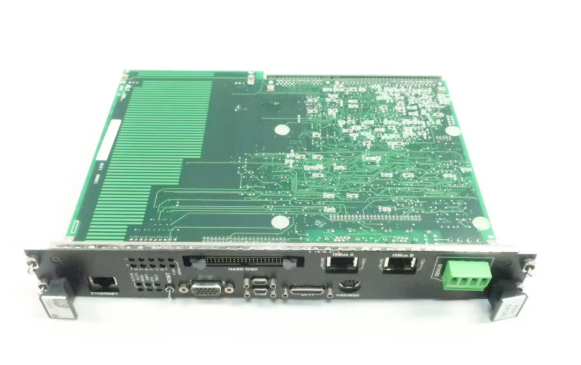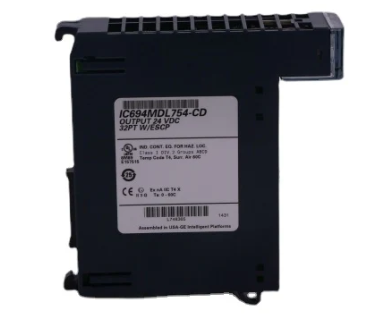Use of cement
Production process:
The production process of silicate cement is representative in cement production, which is made of limestone and clay as the main raw materials, broken, proportioned, and ground into raw materials, and then fed into the cement kiln to calcined mature materials, and then the clinker with an appropriate amount of gypsum (and sometimes mixed materials or admixtures).
Cement production can be divided into dry method (including semi-dry method) and wet method (including semi-wet method) with different raw material preparation methods.
① Dry production. The method of drying and grinding raw materials at the same time, or first drying and grinding into raw powder and then feeding into a dry kiln to calcinate the mature material. However, there is also a method of adding raw powder to an appropriate amount of water to make raw ball and sending it into the Lipol kiln to calcinate the mature material, which is called semi-dry method and still belongs to one of the dry production methods.
New dry process cement
The new dry cement production line refers to the cement produced by the new process of decomposition outside the kiln. Its production to suspension preheater and kiln decomposition technology as the core, the use of new raw materials, fuel homogenization and energy-saving grinding technology and equipment, the whole line uses computer distributed control, to achieve the cement production process automation and high efficiency, high quality, low consumption, environmental protection.
The new dry process cement production technology was developed in the 1950s, Japan, Germany and other developed countries, with suspension preheating and pre-decomposition as the core of the new dry process cement clinker production equipment accounted for 95%, China's first set of suspension preheating and pre-decomposition kiln put into operation in 1976. The advantages of this technology are: rapid heat transfer, high thermal efficiency, larger output per unit volume than wet cement, and low heat consumption.
② Wet production. The method of grinding raw material with gouache into raw pulp and feeding it into wet kiln for calcining mature material. There is also a method of dewatering the raw slurry prepared by the wet method and making the raw material block into the kiln to calcinate the mature material, which is called the semi-wet method, which is still one of the wet production.
The main advantage of dry production is low heat consumption (such as the heat consumption of dry kiln clinker with preheater is 3140 ~ 3768 coke/kg), the disadvantage is that the raw material composition is not easy to uniform, the workshop dust, high power consumption. Wet production has the advantages of simple operation, easy control of raw material composition, good product quality, convenient slurry transport, less workshop dust, etc. The disadvantage is high heat consumption (clinker heat consumption is usually 5234 ~ 6490 coke/kg).
The production of cement can generally be divided into three processes, such as raw material preparation, clinker calcination and cement production, and the entire production process can be summarized as "two grinding and one burning".
Raw material grinding
There are dry and wet methods. Dry method generally adopts closed-circuit operating system, that is, after the raw material is refined by the mill, it enters the separator for sorting, and the coarse powder flows back into the mill and then grinds, and most of the materials are dried and grinned in the mill at the same time, the equipment used is tube grinding, middle discharge grinding and roll grinding. The wet method usually uses open circuit systems such as tube grinding and baseball grinding that no longer flow through the mill at one time, but there are also closed circuit systems with graders or curved screens.

Cement History:
In 1756, the British engineer J. Smeaton found that in order to obtain hydraulic lime, limestone containing clay must be fired; The ideal composition of masonry mortar for underwater construction is a combination of hydraulic lime and volcanic ash. This important discovery laid a theoretical foundation for the research and development of modern cement.
In 1796, the British J. Parker made a kind of cement with marl firing, brown in appearance, much like the lime and volcanic ash mixture of ancient Rome, named Roman cement. Because it is made of natural marl as raw material and is fired directly without ingredients, it is also known as natural cement. With good hydraulic and fast setting characteristics, especially suitable for projects in contact with water.
In 1813, French civil engineer Biggar discovered that the cement made by mixing lime and clay by a ratio of three to one has the best performance.
In 1824, English construction worker Joseph Aspdin invented cement and patented Portland cement. He used limestone and clay as raw materials, after a certain proportion of the combination, in a shaft kiln similar to the burning of lime calcined mature materials, and then ground fine to make cement. It was named Portland cement because the color of the hardened cement was similar to the stone used for construction in Portland, England. It has excellent construction performance and has epoch-making significance in the history of cement.
In 1871, Japan began to build cement factories.
In 1877, the British Crampton invented the rotary furnace, and in 1885 by Lantham reform into a better rotary furnace.
In 1889, near Kaiping Coal Mine in Tangshan, Hebei Province, China, the Tangshan "fine soil" plant was set up to produce by shaft kiln. In 1906, on the basis of the plant, the Qixin Cement Company was established, with an annual output of 40,000 tons of cement.
In 1893, the Japanese duo Hideyuki Endo and Mitaka Uchi invented Portland cement that is not afraid of sea water.
In 1907, Biere, France, used alumina ore instead of clay, mixed limestone fired into cement. Because this cement contains a large amount of alumina, it is called "alumina cement".
In the 20th century, while improving the performance of Portland cement, people successfully developed a number of cement suitable for special construction projects, such as high-aluminum cement, special cement and so on. The world's cement varieties have developed to more than 100 kinds, and the annual output of cement is about 2 billion tons in 2007. In 1952, China formulated the first national unified standard, which determined that cement production should be based on the principle of multiple varieties and multiple labels, and changed Portland cement to silicate cement according to the main mineral composition it contains, and then changed to Portland cement.
In April 2023, scientists at Washington State University in the United States injected environmentally friendly biochar into ordinary cement and obtained a new type of carbon-negative environmentally friendly cement.

Cement pollution prevention standard
Cement industry carbon emissions are second only to the power industry, resource consumption and ecological damage problems prominent cement industry is about to usher in a new round of elimination tide.
The Ministry of Environmental Protection recently released the "Cement Industry Pollution Control Technical Policy" (draft for comment) and the "Cement Industry Pollution Control Best feasible technical Guidelines" (draft for comment). The message conveyed by the two documents is that the country will comprehensively reduce pollutant emissions in the cement industry through the tightening of pollution prevention and control technical standards, while resolving the problem of overcapacity in the cement industry; Both technical policies and technical guidelines should be mandatory.
According to the Chinese Academy of Environmental Sciences, the China Cement Association, the cement industry is a key polluting industry, its particulate matter emissions accounted for 20% to 30% of the national particulate matter emissions, sulfur dioxide emissions accounted for 5% to 6% of the national emissions, some shaft kiln production to add fluorite to reduce the burning heat consumption, but also caused fluorine pollution in the surrounding area.
The cement industry is the third largest coal user in China after electricity and steel, and the average burning heat consumption of cement clinker in China is 115 kg standard coal/ton, which is more than 10% higher than the international advanced level. There are about 4,000 cement production enterprises above designated size in China, and more than 1,500 new dry process cement production lines. The cement industry is second only to the power industry in terms of carbon dioxide emissions. Mine resource consumption and ecological damage of cement enterprises are also prominent problems.
Chinese Society of Environmental Sciences, Hefei Cement Research and Design Institute prepared the "cement industry pollution prevention and control best feasible technology Guide" (draft for comments) introduced that the preparation group in 2010 to 158 cement enterprises research, for each 5000 tons/day clinker new dry process cement production line, enterprises need to pay pollution charges of about 900,000 to 1 million yuan.
If the technical transformation and supervision are in place, the emission of particulate matter is reduced by 50%, and the nitrogen oxide is reduced by 25%, the sewage fee can be reduced by about 300,000 yuan per year, which is equivalent to a reduction of 0.15 million yuan per ton of cement, and the sewage fee can be reduced by 1.395 billion yuan in the next five years according to the national volume of 1.86 billion tons of cement. At the same time, the pollution of dust, sulfur dioxide and nitrogen dioxide is reduced, and the environmental and social benefits are huge.
If the cement industry can achieve a 30% feedstock/fuel substitution rate in the next five years, it can reduce carbon dioxide emissions by 280 million tons per year, while reducing the use of fossil fuels, resulting in cost savings of $372 billion, resulting in significant environmental and economic benefits.
Kong Xiangzhong, secretary-general of the China Cement Association, said that the cement industry has always been continuously accompanied by overcapacity in the process of technological innovation. The red token of the state's control of cement overcapacity has been constant, but major technological innovation, upgrading and development at each stage have made a decisive contribution to resolving the industry's overcapacity.
According to the China Cement Association, in the first three years, the country invested in the construction of 463 new dry process cement production lines, and the new clinker capacity reached 547 million tons, which means that at least about 200 million tons of backward technology capacity was squeezed out and became excess capacity. But "it is the overcapacity in the cement industry that has increased the motivation of cement companies to pursue technological progress and improve management, and sufficient market competition has optimised the allocation of resources." Kong Xiangzhong said.

Stability:
In the hardening process, if the cement does not produce uneven volume deformation, no cracks, bending and other phenomena, it is called qualified volume stability; If there is an uneven change in the volume of the cement after hardening, causing harmful expansion that will crack the building or even collapse, it is called unqualified stability. This cement cannot be used in engineering.
If the cement contains too much free calcium oxide or magnesium oxide, especially if the particles are coarse, and the storage time in the factory is short, it will produce a phenomenon of unqualified stability. Because the calcium oxide and magnesium oxide are not fully matured (above 1000 ° C), the hydration is very slow, and the hydration begins after the cement is set under the condition that the cement stone is constrained, and the cracking phenomenon will be formed after the volume expansion. In addition, if the content of sulfur trioxide in the cement is too much, calcium aluminate sulfate will be generated, and the volume will expand, which will also cause poor stability.
Test the stability of cement according to GB/T 750-1992. The test process is to use the standard consistency of cement paste, make it into a certain shape (diameter 70 ~ 80mm, the center thickness is about 10mm, the edge is thinner) test cake, put into the boiling box boiling for 4h, if the cooked test cake by naked eye observation no cracks, no bending phenomenon with a ruler inspection, it is called stable; Otherwise, it is unqualified.
In addition to the above cake test method, there are also Redwood clip method and length measurement method. Although the last two methods have quantitative numerical limits, the methods are complex and the reproducibility is poor. The cake testing method has a series of advantages such as simple equipment, easy operation, sensitive reaction, intuitive observation and good reproducibility, so it is still listed as the national standard method.
Boiling only provides insight into the damage caused by free calcium oxide. Because the overheated magnesium oxide hydration rate is slower than the overheated calcium oxide, so the boiling method can not find the uncertainty caused by magnesium oxide, only through high temperature, high pressure steam test, can judge this phenomenon. The uneasiness caused by sulfur trioxide can only be tested by cold cake method and water immersion method, that is, the test cake is placed in water at 20 ° C ±3 ° C for 28 days to check whether there is instability. Because when the temperature exceeds 60 ~ 70 ° C, it will not be able to form calcium sulfoaluminate that produces volume expansion.
- EMERSON
- Honeywell
- CTI
- Rolls-Royce
- General Electric
- Woodward
- Yaskawa
- xYCOM
- Motorola
- Siemens
- Rockwell
- ABB
- B&R
- HIMA
- Construction site
- electricity
- Automobile market
- PLC
- DCS
- Motor drivers
- VSD
- Implications
- cement
- CO2
- CEM
- methane
- Artificial intelligence
- Titanic
- Solar energy
- Hydrogen fuel cell
- Hydrogen and fuel cells
- Hydrogen and oxygen fuel cells
- tyre
- Chemical fiber
- dynamo
- corpuscle
- Pulp and paper
- printing
- fossil
- FANUC
- Food and beverage
- Life science
- Sewage treatment
- Personal care
- electricity
- boats
- infrastructure
- Automobile industry
- metallurgy
- Nuclear power generation
- Geothermal power generation
- Water and wastewater
- Infrastructure construction
- Mine hazard
- steel
- papermaking
- Natural gas industry
- Infrastructure construction
- Power and energy
- Rubber and plastic
- Renewable energy
- pharmacy
- mining
- Plastic industry
- Schneider
- Kongsberg
- NI
- Wind energy
- International petroleum
- International new energy network
- gas
- WATLOW
- ProSoft
- SEW
- wind
- ADVANCED
- Reliance
- YOKOGAWA
- TRICONEX
- FOXBORO
- METSO
- MAN
- Advantest
- ADVANCED
- ALSTOM
- Control Wave
- AB
- AMAT
- STUDER
- KONGSBERG
- MOTOROLA
- DANAHER MOTION
- Bently
- Galil
- EATON
- MOLEX
- Triconex
- DEIF
- B&W
- ZYGO
- Aerotech
- DANFOSS
- KOLLMORGEN
- Beijer
- Endress+Hauser
- MOOG
- KB
- Moxa
- Rexroth
- YAMAHA
- Johnson
- Westinghouse
- WAGO
- TOSHIBA
- TEKTRONIX


Email:wang@kongjiangauto.com






























